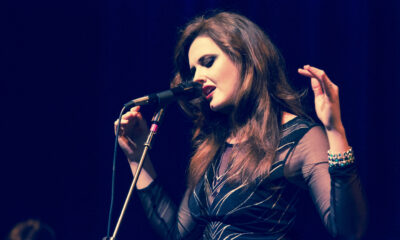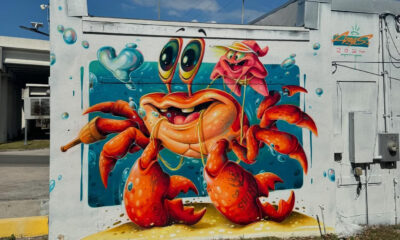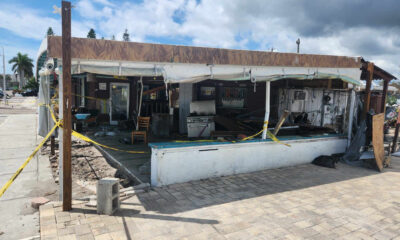New MFA exhibit examines 1970s art photography
The tectonic shift in photography’s status as composed art, as opposed to photojournalism, or “capturing the moment,” began in the 1970s.
At that time, “Television brings the Vietnam war home, and it brings visual stories into people’s living rooms,” explains Allison Moore, curator of photography at the Museum of Fine Arts St. Petersburg. This, she says, spelled the end of the line for the photo-heavy magazines Life and Look. They had outlived their usefulness.
Moore is the curator behind More Than Retro: Art Photography of the 1970s, the powerful exhibit opening Saturday at the MFA. Drawn mainly from the museum’s collection, More Than Retro explores the rise of such new trends as the rebellion against purism, image manipulation and the snapshot aesthetic. Among the artists featured are Andy Warhol, Garry Winogrand, Dianora Niccolini, Jerry Uelsmann, Lewis Watts and Thomas Barrow.
Another major factor in the ‘70s seismic shift, Moore says, was the expansion of university art departments. “There was a need for art professors and graduate students, the rise of the MFA programs … and an influx of National Endowment of the Arts funding for photography.”

Lewis Baltz, No. 1, from The New Industrial Parks Near Irvine, California, 1974, Gelatin silver print, NEA photography purchase grant
Photographer Lewis Baltz’s No. 1, from 1974, is on the surface a black and white photograph of a parking lot, a wall and a grey sky. But the way it’s shot – it’s a series of geometric forms. “It’s a California industrial park, which feels very soulless, with no people in it … that’s in contrast to Ansel Adams’ magnificent pictures of mountains.”
It’s art. It makes you think.

Sheila Pinkel, Artichoke, Original
xeroradiograph made from 1978-82;
printed 2015, 26/50, Digital inkjet print,
Gift of the Artist.
Sheila Pinkel explores dimensions in light and physics with her camera-less images. Her haunting piece Artichoke is an xeroradiograph (X-ray) inkjet-printed on blue paper. “When she does this, Pinkel is infusing it, almost, with a connection to mammography.”
The 1970s saw the ascension of experimental, conceptual and even radical uses of photography and printmaking as accepted art forms. In that decade, “systems” technologies – including laser printing and computer-generated imagery – began to make themselves known.
From Moore’s introduction in the exhibit brochure: “More Than Retro offers a new understanding of 1970s photography, suggesting its historical importance for today’s art photography, in which craft and concept remain inextricably intertwined.”

Jerry Uelsmann, 1977, “Leaf Over Water.” Gelatin silver print. From the collection of Carol Upham.







